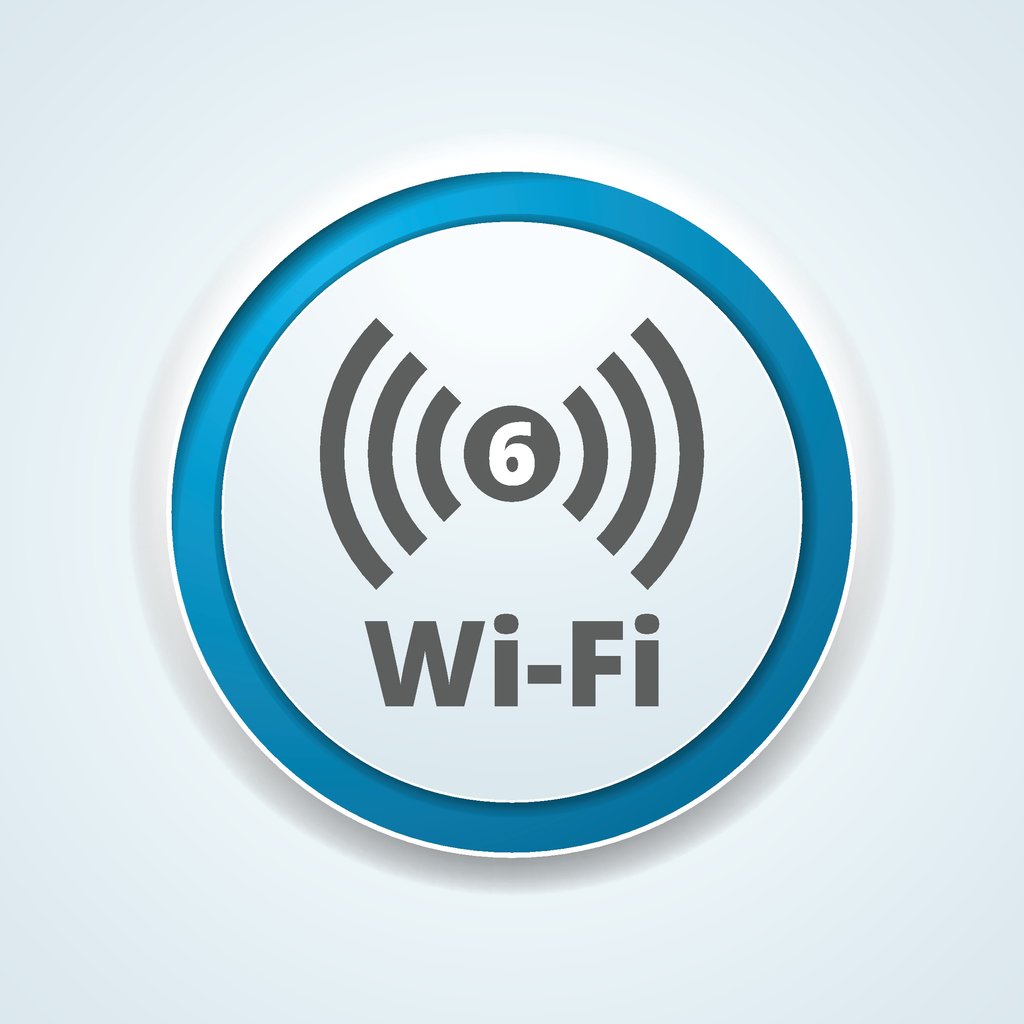
Blog
Wi-Fi 6 allows for more connected devices and faster speeds, which should benefit healthcare facilities' networks
It's no surprise that the healthcare industry relies heavily on wireless networks, as numerous devices require Wi-Fi connections to transfer patient data and other vital information. But networks can slow down, or experience drops as more devices connect to them, creating challenges for medical professionals and the IT teams that manage wireless communication.
The Wi-Fi network's latest evolution could tackle many of these limitations by making it easier for multiple devices to connect to a modem without slowing the network's speed. This evolution is called Wi-Fi 6, and it’s quickly becoming the standard for wireless networks in healthcare and everywhere else.
In this article, we'll explore how Wi-Fi 6 paired with wireless monitoring may help improve data transfer in the healthcare industry.
What Is Wi-Fi 6?
In short, this isn't a new technology that will change the way we transmit data; instead, it's the evolution of existing Wi-Fi networks. The name Wi-Fi 6 sounds different from previous technology because it represents a new naming convention.
All Wi-Fi networks exist on the 802 set of LAN protocols. The first networks, introduced in 1999, were called 802.11a and 802.11b. In 2003, 802.11g became the standard, which turned into 802.11n in 2009 and 802.11ac in 2014.
We now have 802.11ax, also known as “Wi-Fi 6.” The name comes from the fact that the current edition is the sixth one, and all previous technologies have now been renamed Wi-Fi 1 through 5 for simplicity's sake.
In short, Wi-Fi 6 is simply the latest generation of wireless standards. Most new modems will communicate using this standard, although they'll still have the ability to transfer data to older devices that aren't compatible with it.
Benefits of Wi-Fi 6 in Everyday Life
Wi-Fi 6 helps ensure that equipment can achieve quality speeds and performance in dense environments. When numerous devices connect to a modem at once and overwhelm it, speeds begin to slow quickly. That's because these modems weren't designed with this type of usage in mind.
When Wi-Fi 5 was introduced in 2013, the average house modem would have roughly five devices connected at a given time. Today, that number is up to about nine devices per household, and we could see that jump to nearly 50 in the next few years. In short, the world is becoming more connected within the Internet of Things (IoT), and modems must keep up with the growing demand for continuous connectivity.
Wi-Fi 6 also permits higher speeds across the network while allowing it to operate more efficiently. And the practical benefits of this new generation of technology are significant.
The Benefits of Wi-Fi 6 in Healthcare Settings
One might almost believe that Wi-Fi 6 was explicitly introduced to benefit the healthcare industry, given the unique network demands.
Medical facilities require the use of many connected devices in one space. Hospitals, in particular, have congested Wi-Fi networks with very high traffic requirements. And if these networks fail, the consequences could be tragic.
Healthcare devices have to send accurate patient information from one department to another or provide real-time data analysis. They may also send alerts between rooms or buildings, making it vital that the network can handle everything officials expect.
Wi-Fi 6’s performance improvement could help improve a hospital's network functions more efficiently, allowing more devices to connect and send necessary data instantly.
What can hospitals expect?
- Less Wi-Fi-related errors
- Improved wireless experience
- Ability to maintain connections for crucial devices
WATCH: Troubleshooting a WLAN and Northern Kentucky’s Largest Health System
Wireless Network Monitoring Is Critical
The new Wi-Fi standard is definitely good news for the healthcare industry, as it will allow more wireless devices to function at optimal levels. But this isn't a catch-all solution for network problems that can arise. Medical facilities should still invest in additional precautions to ensure they don't end up with untimely issues.
Network performance monitoring tools like 7SIGNAL's Mobile Eye® and Sapphire Eye® enable IT teams to quickly identify and repair Wi-Fi issues—or even proactively spot them before they become genuine problems that impact performance. The technology tests network performance on various devices throughout the network, allowing an IT department to troubleshoot before anyone even notices.
Improve Network Performance with Better Wireless Monitoring
Wi-Fi 6 paired with hospital network performance monitoring from 7SIGNAL can help your hospital or clinic experience consistently in connections and optimal performance.
To learn more about how we can help your team focus more on patient care and less on wireless performance, contact us today, so we can provide a custom solution for your organization!